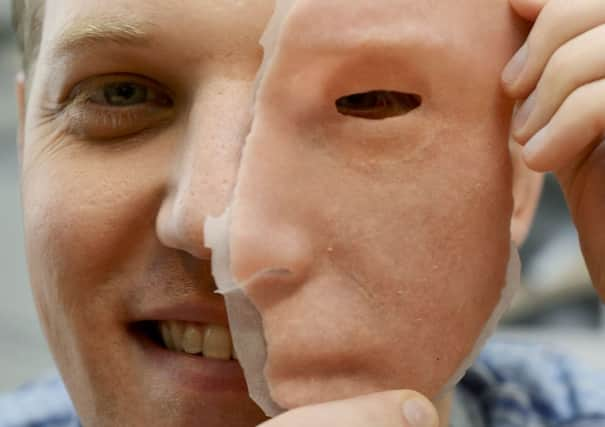‘Printing’ your facial feature... for as little as £150


People requiring facial reconstruction after illness or injury can sometimes wait weeks for new features to be handmade at a cost of up to £3,000 each.
Now, however, Tom Fripp has come up with a way of printing out a starch-and-silicone feature for as little as £150.
Advertisement
Hide AdAdvertisement
Hide AdThe technology he is employing means there is potential to craft dozens of parts in the space of a single hour.
Mr Fripp, owner of Rotherham-based Fripp Design, says the process is a “game changer”, with some of his products just months away from hitting the market.
He said: “We have hundreds of noses and ears, there really are an infinite number of options for the patient.
“The technology will make the prostheses a lot more affordable for a lot more people.”
Advertisement
Hide AdAdvertisement
Hide AdThe traditional method of making a prosthesis begins with a plaster cast of the affected area.
A wax mould is then carved from the cast and the replacement body part made in silicone from the mould.
Mr Fripp’s technique sees a scan being taken of a patient’s face so the digital model of the prosthesis can be tweaked before printing to ensure it is a perfect fit.
3D printers turn digital models and other computer data into physical objects by laying down successive layers of material in different shapes.